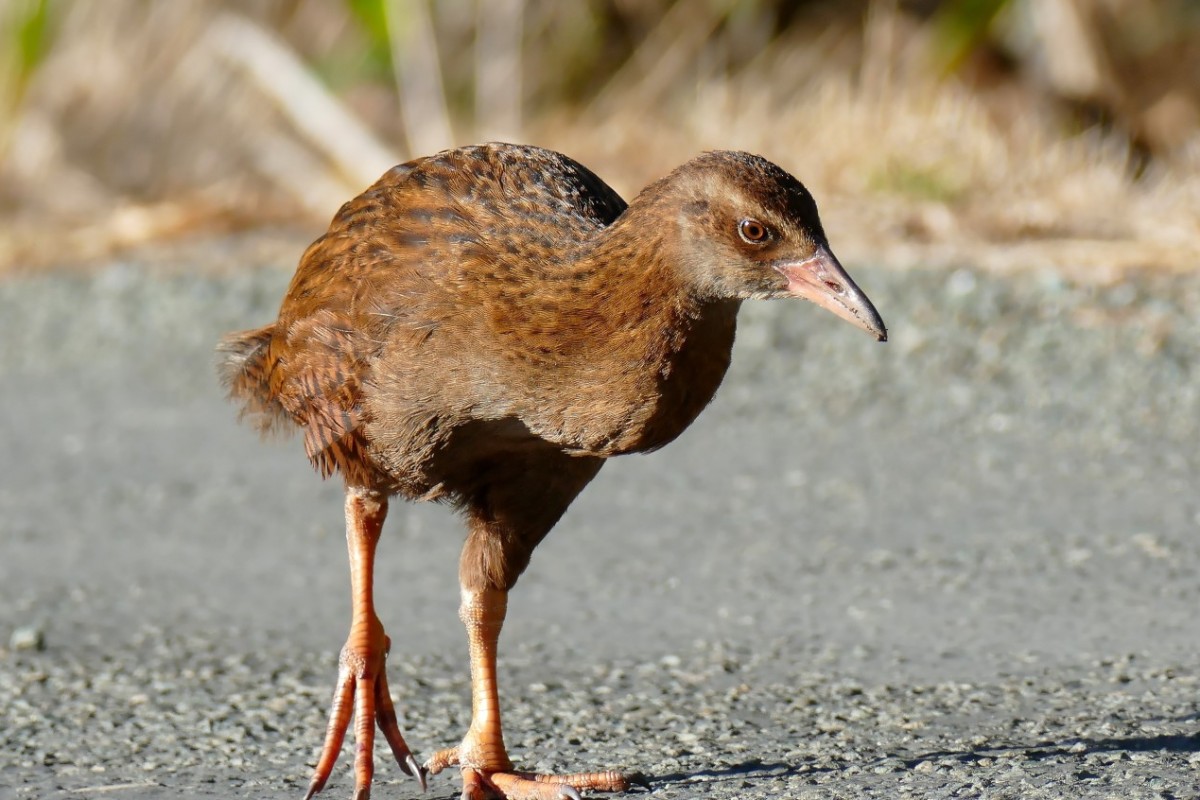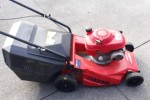What type of pest control do I need for moving house in New Zealand

Moving into a new home is exciting. There are tasks you have to do, like unpacking and arranging furniture. Then there are those jobs you get to look forward to, like decorating, painting rooms or tackling a DIY project. But, while you’re getting sorted, remember you might not be the only one settling into your new home.
Bugs, insects and creepy crawlies are also looking for places they can live. When you buy a home, you may not know what type of pests are using your house as their abode. Pest-proofing your house after you move in is a great way to stay on top of unwanted insects.
How to optimise pest control before you move into your new home
Like us, insects and pests are looking for places to safely eat, sleep and raise a family. However, leaving pest control to nature often doesn’t work out well for your home or your family's health.
Ants can get into even the smallest cracks and find their way into cupboards and food supplies. Mice and rats can chew through wires and leave droppings that put your family’s health at risk. Silverfish can destroy clothing, carpets and soft furnishings. Fleas can bite and leave you and your pets itchy and sore. Borers can destroy the timber and furniture in your home. Cockroaches and flys can carry diseases and contaminate food.
All of these pests are commonly found in New Zealand. Fortunately, there are things you can do to minimize pests around your home.
Clean up your backyard
If you have bought a new house with a backyard or outdoor area, keep it tidy. Insects are attracted to warm, damp, dark places. Leaf piles, firewood stacks, branches of twigs and sticks can attract spiders and wasps. From here these insects can easily make there way indoors.
Clean up these backyard areas so insects can’t make a permanent home here. Rake the leaves on your lawn, trim trees, fumigate your wood stack, and dispose of any rubbish or leaf litter sitting in piles on your property.
If you set up children’s play equipment in your backyard, be mindful of areas where water can collect and grow stagnant. Tire swings can collect water in the base of the tire. Stagnant water can attract mosquitos which carry diseases.
Drilling holes in the bottom of the tire will help rainwater to drain away. Check your gutters and make sure they are clear of leaf litter and debris. Water can accumulate in your gutters and become breeding grounds for mosquitos.
Clean your home before you move
Before you move into your new home, give it a thorough clean. Mice and ants are attracted to stains and spills. Keeping your kitchen clean and tidy sounds obvious; however, it’s the crumbs in hard-to-see places that can attract pests.
Pull out your oven and clean the floor and walls behind and next to the appliance. Food scraps can fall between the cooker and the walls or get pushed under the appliance. While your new home may look clean, there’s a good chance the seller hasn’t done a thorough cleaning in these places. Pull out your fridge, dishwasher and oven if you can and vacuum, then mop the floor.
Start on the right foot by storing any opened food bags in sealable containers. This may sound excessive, but ants can easily find their way into your cupboards. Purchase clear, sealable containers and store your rice, grains, cereals, baking flour and other pantry staples in these jars.
Deal with pests before you move in
Whether you are moving into a new building or an existing home, it’s likely your house has pests in it. Silverfish, mice, ants, crickets, ants and earwigs are all commonly found in new homes. While some of these pests are ‘harmless’, meaning they won’t bite you or infest your pantry, they can still destroy your furniture, soft furnishings and clothes over time.
If you are concerned about pests, scheduling an inspection and spray for your home will help manage any problems from day one. Keep a look out for any suspicious signs when you first move in. This might include mice droppings, a scout ant, or dead cockroaches.
Don’t feel you need to find evidence of pests before scheduling an inspection. A pest inspector will inspect areas of your home you may not have thought of. Dealing with any signs of pests early on will help you avoid a possible infestation.
Invest in quarterly pest maintenance
Depending on where you live, pests may be commonly found in homes in your area. Ants are often cause problems for homeowners that live near the beach or near sandy soil. Cracks and crevices on the exterior of your home can create highways for ants and other crawling creatures to get into your home. Likewise, bushes and shrubs that touch the exterior of your house create easy pathways for these insects to come inside.
Schedule regular maintenance on the outside of your home. Cut down branches on trees and prune bushes that connect your home. Seal cracks around your windows, sidings or foundations so insects can’t come indoors.
A quarterly pest spray on the exterior of your home will prevent ants from coming indoors. These sprays last around three months. Think about scheduling one before the weather gets warm.
Sharing your home with New Zealand’s unusual pests and visitors

New Zealand has some unusual pests that people in other countries don’t have to worry about. Weka are curious native birds known for causing havoc in kiwi backyards. If you live in an area where weka often visit, you must first know that these birds are protected.
Technically weka are not pests, although they do sometimes act like it. They are known for destroying vegetable gardens, stealing shoes and objects from backyards and generally being a nuisance. Weka are scavengers. Clearing your backyard of as many portable objects as you can to deter them from visiting. Empty any sources of water from around the house. Outdoor bird baths or dog bowls may entice them to stay for a drink.
Moving house? Find thousands of professional movers on Wise Move. Book your next home move today.
What do our customers say?


For every (wise)move
































